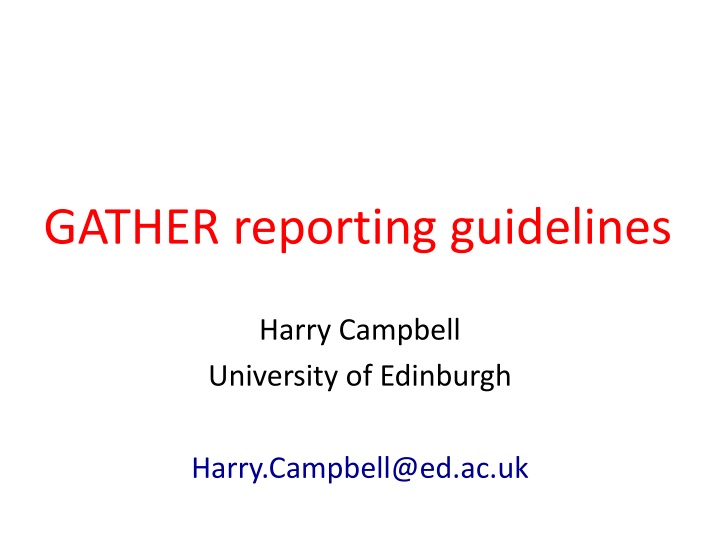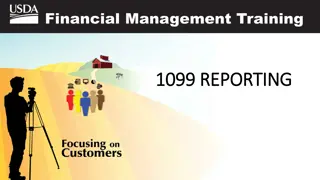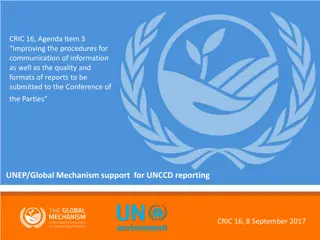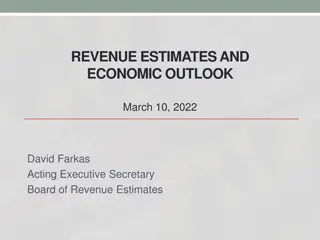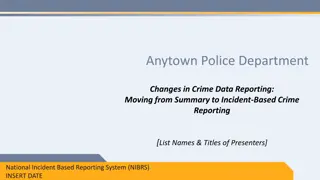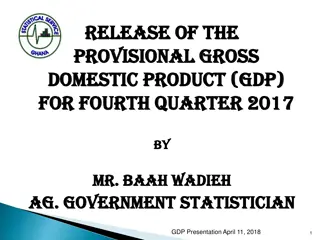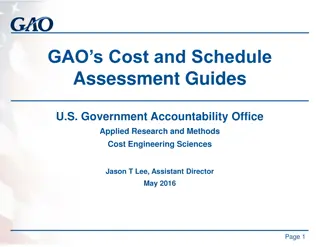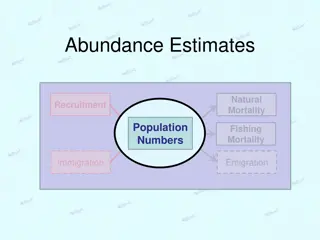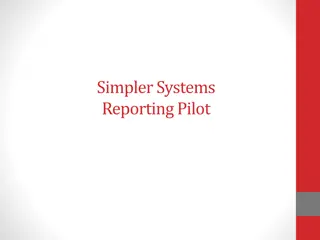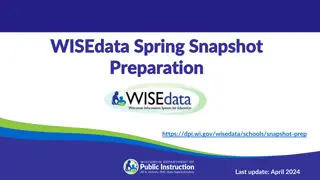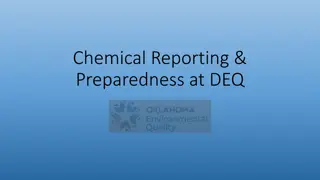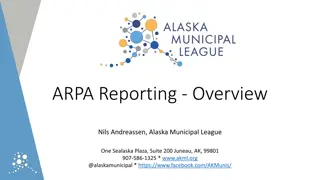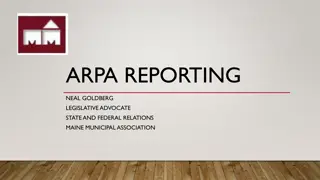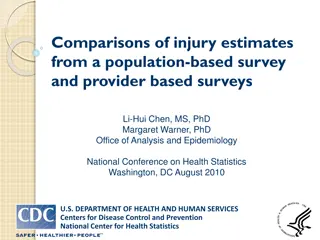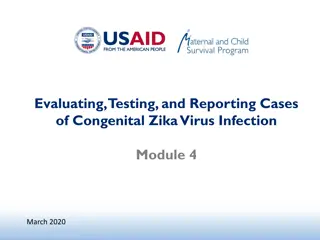Guidelines for Accurate and Transparent Health Estimates Reporting
The GATHER statement provides best practices for reporting studies gathering data from multiple populations using various information systems. It aims to improve the transparency and accuracy of quantitative population-level health indicators and determinants. The guidelines were developed through collaboration with decision-makers, researchers, and LMIC country focal points, ensuring a comprehensive and reliable framework for health estimation reporting.
Download Presentation

Please find below an Image/Link to download the presentation.
The content on the website is provided AS IS for your information and personal use only. It may not be sold, licensed, or shared on other websites without obtaining consent from the author.If you encounter any issues during the download, it is possible that the publisher has removed the file from their server.
You are allowed to download the files provided on this website for personal or commercial use, subject to the condition that they are used lawfully. All files are the property of their respective owners.
The content on the website is provided AS IS for your information and personal use only. It may not be sold, licensed, or shared on other websites without obtaining consent from the author.
E N D
Presentation Transcript
GATHER reporting guidelines Harry Campbell University of Edinburgh Harry.Campbell@ed.ac.uk
Guidelines for Accurate and Transparent Health Estimates Reporting: the GATHER statement
Guidelines for Accurate and Transparent Health Estimates Reporting: the GATHER statement Published 28 June 2016 Target audience decision makers; researchers Defines best reporting practices for studies gathering data from multiple populations (in time or space) using multiple information systems Applies to all quantitative population-level estimates of heath indicators and indicators of health determinants for studies that synthesise information from multiple sources
Guidelines for Accurate and Transparent Health Estimates Reporting: the GATHER statement GATHER Working Group to define and promote good practice in reporting of global health estimates Generated list of possible reporting items 118 responses to survey on this list Consensus meeting to develop guidelines Further consultation with LMIC (130 country focal points for WHO mortality estimates)
Guidelines for Accurate and Transparent Health Estimates Reporting: the GATHER statement Objectives and Funding 1. Define the populations, health indicators and time periods in the estimate 2. State the sources of funding
Guidelines for Accurate and Transparent Health Estimates Reporting: the GATHER statement Data Inputs (that are used in the estimate) 3. Describe how data identified and accessed 4. Specify inclusion and exclusion criteria (and all ad-hoc exclusions) 5. Details of data sources and main characteristics Contact points, populations, data collection methods, years of data collection, age and sex range, diagnostic criteria, measurement method, sample size 6. Identify categories of data with biases
Guidelines for Accurate and Transparent Health Estimates Reporting: the GATHER statement Data Inputs (that are not generated in the study) 7. Describe and give sources of other data For all data 8. Provide all data/ meta-data in an extractable file format (or give details of group holding the rights to the data)
Guidelines for Accurate and Transparent Health Estimates Reporting: the GATHER statement Data analysis 9. Provide conceptual overview of the analysis 10. Provide detailed description of all steps in data analysis Cleaning, pre-processing, adjustments, weightings, models 11.Describe how models evaluated and final model selected 12.Provide evaluation of model performance, including any sensitivity analysis 13.Describe sources of uncertainty and methods for calculating uncertainty intervals 14.Describe how source code for analyses can be accessed
Guidelines for Accurate and Transparent Health Estimates Reporting: the GATHER statement Results and Discussion 15. Provide published results in an extractable file format 16. Report uncertainty intervals 17. Interpret results in the light of previous estimates and explain reasons for changes 18. Discuss limitations of the estimate, including data limitations and model assumptions
Guidelines for Accurate and Transparent Health Estimates Reporting: the GATHER statement GATHER website [www.gather-statement.org] Electronic version of 18 item checklist Minimum essential reporting items More detailed explanation of requirements for reporting Examples of good reporting Authors expected to make use of online appendices to provide full details and data
Guidelines for Accurate and Transparent Health Estimates Reporting: the GATHER statement GATHER future implications Data and code (at least key elements) to be made available online No requirement at present to give user support Hope that future funding of GBD studies will incorporate funding to cover this as part of study dissemination Anticipated that leading journals will require adherence to GATHER principles as prerequisite publication
